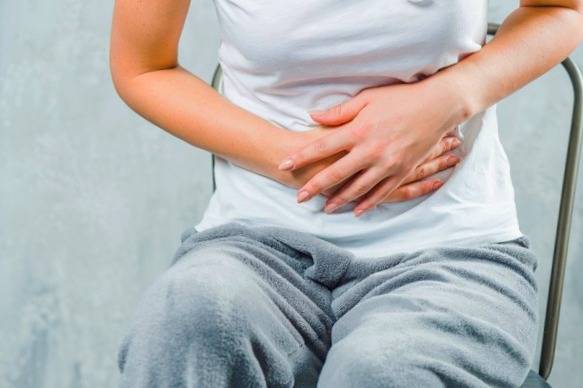
Diarrhea, as a very common complication, occurs in most people several times a year.
It happens. (When a person has diarrhea, the stool will be loose and watery. ) A person´s stool who has diarrhea is loose and watery.
In more most cases, the cause of diarrhea is unknown and disappears on its own after a few days.
Dehydration is a dangerous side effect of diarrhea. (Severe and prolonged diarrhea can cause dehydration the body.)
When a person has diarrhea, they may experience bloating, abdominal cramps and sometimes
Experience nausea.( Some symptoms of diarrhea can be bloating, abdominal cramps and sometimes
Nausea.)
However, diarrhea can sometimes lead (take )to serious complications; Including
-
Dehydration (when the body loses large amounts of water)
-
Electrolyte imbalance (loss of sodium, potassium and magnesium which play an essential role in vital functions of the body.
(The body plays an essential role) -
Kidney failure (not getting enough blood or fluid to the kidneys)
Diarrhea in certain groups of people can be seen more serious and dangerous; Including
-
children
-
Adults (elderly)
-
Those who have a medical condition.
Symptoms of severe diarrhea
-
Fever
-
Weight Loss
-
Severe pain
-
Vomiting
-
The presence of blood in the stool
If you have these symptoms, call your doctor and Seek immediate medical attention.
Foods for diarrhea
People with diarrhea should eat soft foods; Because spicy foods or Complexes can irritate the intestines. Including soft foods:
-
Hot grains such as porridge and rice milk
-
Banana
-
Apple
-
Plain white rice
-
Toast
-
Boiled potatoes
-
Cookies and biscuits without spices
Diarrhea-improving drinks
-
Broth
-
Soup
-
Coconut water
-
Sports drinks
Foods that aggravate diarrhea
-
Spicy foods
-
Fried foods
-
Sugary foods and artificial sweeteners
-
Highly insoluble fiber foods such as whole grains, nuts and seeds
-
Onions and garlic
-
Packaged food
-
Raw vegetables
-
Foods that produce gas in the intestines; Such as cabbage, broccoli and cauliflower
-
Citrus fruits
-
High-fat meats including sardines, pork and beef
-
Dairy products
Diarrhea aggravating drinks
-
Caffeinated beverages such as coffee, tea and soft drinks
-
Carbonated drinks
-
Alcoholic beverages
BRAT diet
BRAT stands for Banana, Rice, Apple and Toast.
They are gentle and easy for the digestive system to digest.
Bananas, for example, contain a special starch called pectin for the device
Digestion is beneficial. The BRAT diet also helps absorb water and electrolytes.
Benefits of the BRAT diet
Harder stools: Foods in the BRAT diet are starchy and
They are low in fiber and can be more easily attached to loos, watery stools.
Gastric or peptic ulcer: It is safe to eat foods rich in fat and protein.
Therefore, they stimulate the stomach less and put less stress on the gastrointestinal tract.
Reduce nausea: Foods in the BRAT diet do not cause nausea or vomiting due to their sweet flavor and lack of odor.
Disadvantages of the BRAT diet
Prolonged usage of the BRAT diet may lead to malnutrition And energy shortages; Because it contains very few calories and does not contain enough vital nutrients, including protein, fat, fiber, vitamin A, vitamin B12 and calcium.




